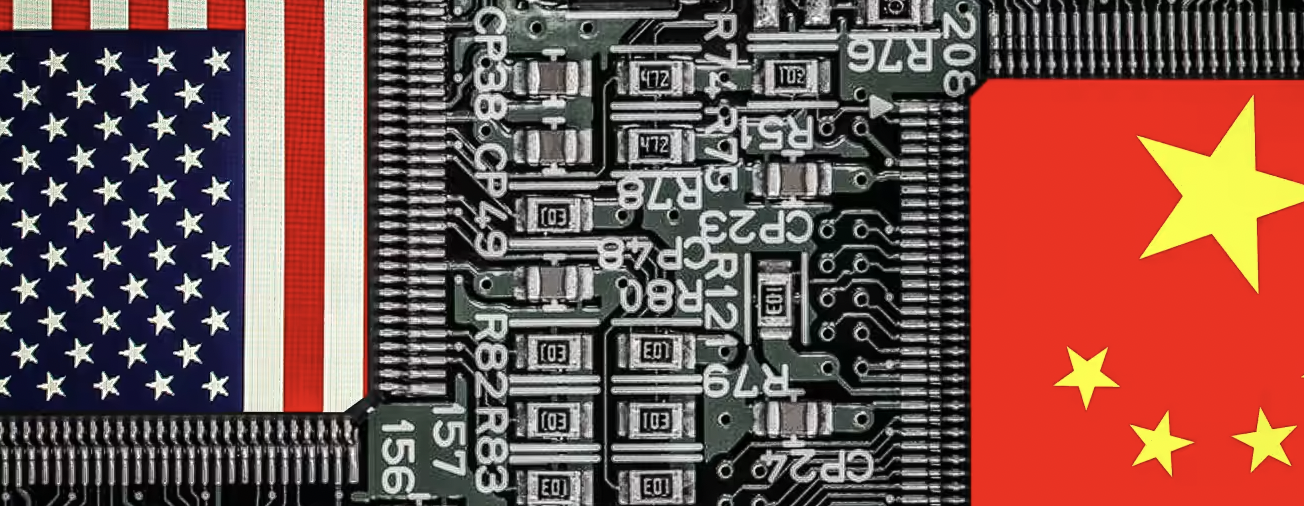As a tech investor, I’m particularly cued into the evolving relationship between China and the US.
Tech’s growth trajectory has benefitted considerably over the past fifteen years from the close relationship, with lowered costs, increased quality, reduced time to market, and diversified production of everything from chips to cars to smartphones. Additionally, Chinese consumers have fueled the revenue growth of many US tech companies over that period. While the relationship between the superpowers has been weakening over the past three years, Pelosi’s visit will likely accelerate the rift.
Learning from the past
My view of the current geopolitical environment is influenced by my lack of action prior to the pandemic and to Russia’s invasion of Ukraine. I didn’t expect those events to escalate given that the thought of escalation was hard to imagine. Now, I’m wondering — Is Pelosi’s visit a precursor to the next unthinkable outcome?
The likely path forward
For starters, I don’t believe that the US and China will be in direct military conflict over Pelosi’s visit to Taiwan. Each side has too much to lose. I do believe China’s response will be slow, measured and powerful.
As a starting point, Taiwan matters to China. From an early age, Chinese are taught in schools that Taiwan belongs to the motherland. In their minds, it’s equivalent to how Alaska or Hawaii is part of the US. Because of this deep belief, China won’t cede its long-term goal of exerting full control over Taiwan.
Second, the Chinese leaders are intelligent, patient and tactful. This makes me believe the substance of China’s response will come in the form of measured moves that have consequences on the global economy. The obvious first step will be China adding tariffs that impact Taiwan and the US trade. A second, less obvious, and more powerful step could come in the form of the Chinese government systematically slowing its manufacturing engine. Companies that supply finished goods and parts to the world may be asked by the government to reduce manufacturing hours to conserve energy, reduce pollution or comply with Covid protocols. The sky is the limit in regard to the forms that these slowdowns may take, like truck drivers being required to take more vacation time or additional red tape for manufacturers looking to increase capacity. Putting it together, my prediction is that the global supply chain will slow even further in the months ahead.
Where I could be wrong
China is infuriated by the US’ move to send Pelosi to Taiwan. The US is infuriated by China’s years of saber rattling related to Taiwan. A positive resolution could simply be a cooling of tempers between the two nations. They have each flexed their political and military muscles and can report back to their citizens that while they may have stepped back, they did not stand down.
- From the Chinese leadership perspective, there has been 40 years of policy that supports the belief that economic prosperity is a way to maintain political stability. China’s effort to slow down the global economy to highlight its superpower status could come at the cost of reducing the country’s prosperity and increasing the risk of political unrest.
- From the US perspective, no further action is needed. Pelosi’s visit has sent the message that escalation will yield consequences. The point has been made: Don’t get any ideas.
Getting back to my job
I engage in the US-China topic reluctantly because it’s important for tech companies and for innovation. I wrote about it back in March, suggesting that it’s the question keeping Tim Cook up at night. That said, I’m a spectator on the topic and offer my comments from that perspective. I’m looking forward to getting back to work, with my next report being about transformative tech.
